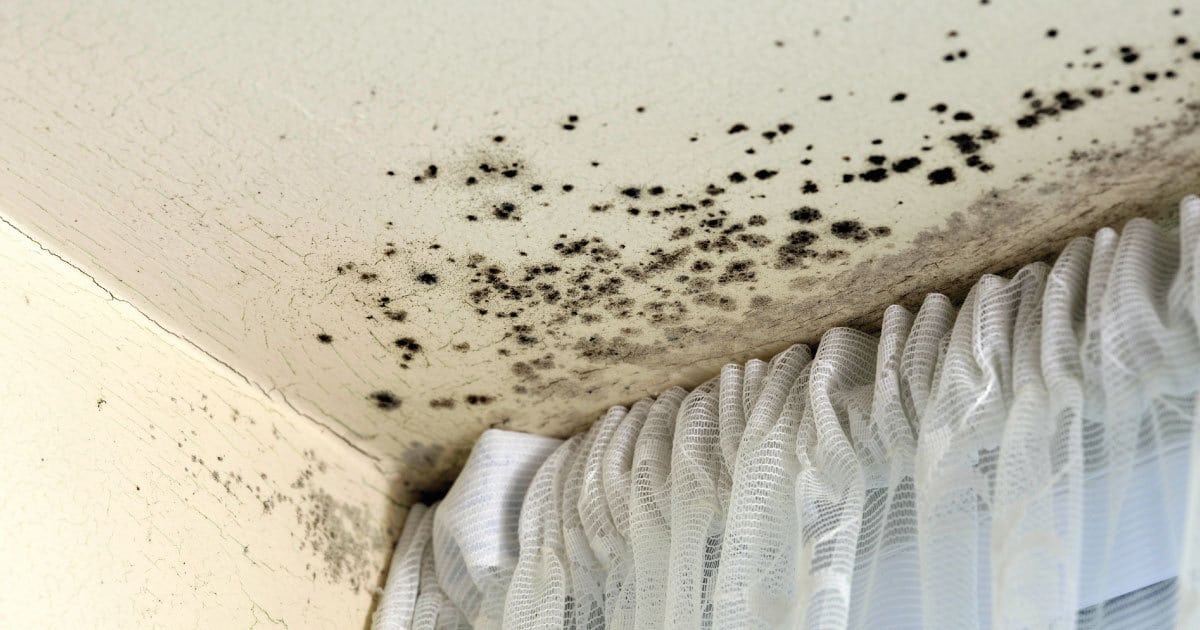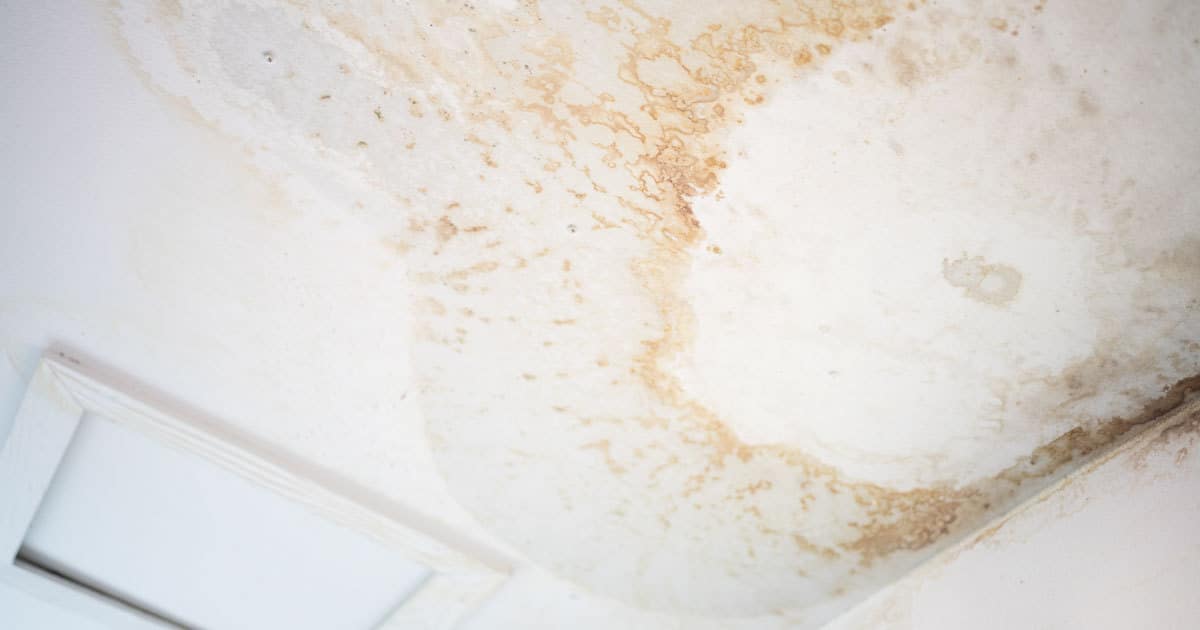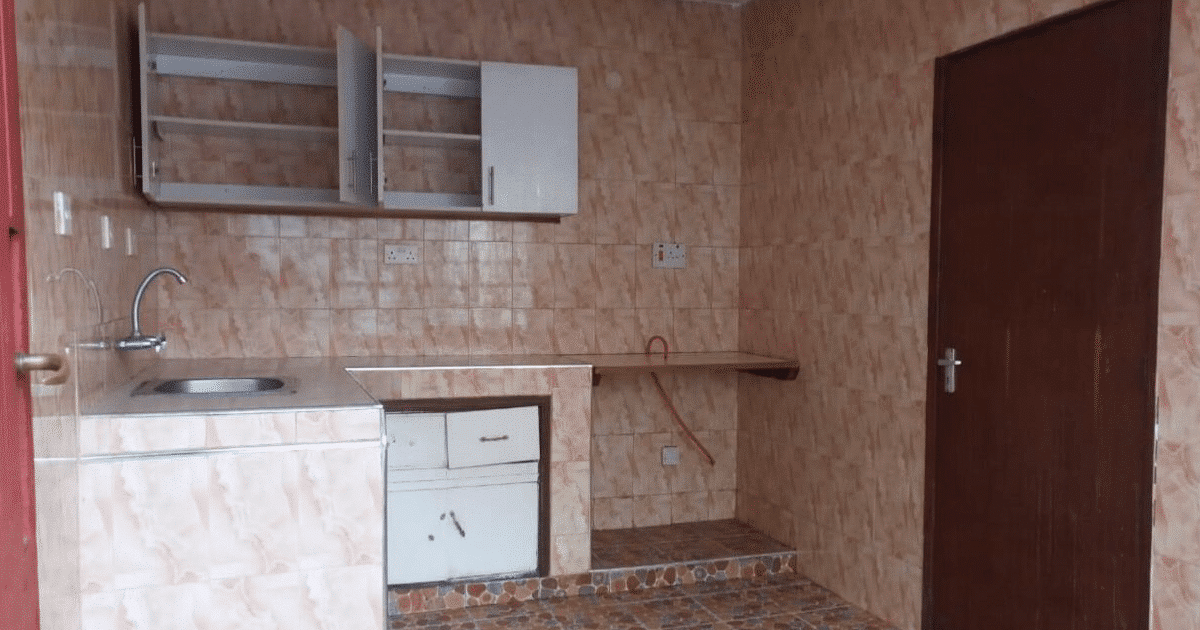Embarking on the house-hunting journey can be an exhilarating experience filled with anticipation and dreams of finding the perfect home. However, it is crucial to approach this process with a keen eye and a realistic mindset. In this article, we will delve into the world of house hunting by exploring both the red flags that should never be ignored and the harsh realities that often accompany this endeavor.
By being well-informed and prepared, you can navigate the intricate landscape of real estate with confidence and make sound decisions that align with your goals and aspirations.
Whether you are a first-time homebuyer or a seasoned investor, it is essential to develop a discerning eye for potential red flags during the house-hunting process. These red flags serve as warning signs that warrant further investigation before committing to a purchase.
From unrealistic pricing and hidden costs to structural flaws and neighborhood concerns, we will equip you with the knowledge and tools to identify these indicators and protect yourself from potential pitfalls.
If you are out looking for a house online, be wary of potential sellers who don’t disclose all the important details of a house. Having a keen eye to see the red flags when house hunting will save you money that you would have used to repair the house or even remove the likelihood of you moving out.
Red Flags When House Hunting
Table of Contents
- No Interior Images
- The price is too good to be true
- The house is on a busy road
- Many vacant houses in the same area
- Cracks on the House
- Mould on the House
- Houses with fresh paint in weird places
- Water stains and a saggy roof
- Houses next to a swampy or stagnant water
- What to Expect When House Hunting and Practical Solutions
- Conclusively
No Interior Images
When looking for a property online, or when your agent presents you with pictures, be sure to take a keen look at the photos and ensure that you can see all the rooms clearly.
You don’t know what you’re paying for if the property doesn’t have photos of the interior. If the site doesn’t state why there are no interior images, then think twice about it.
If certain rooms of the house are not present, ask the real estate agent or company where you have seen the property the reason for not including them. Conmen have a habit of picking images from the internet and advertising fake property. To avoid getting scammed, always ask to see more pictures.
The price is too good to be true
Before you settle on a house whether you’re renting or buying, you must have done some research about the prices of houses in the area you’re considering. If the one you find is against the market rate and the deal sounds too good to be true, it probably is.
Avoid sending money to anyone before you have done your due diligence and confirmed that the house is vacant and available. We are sure you’ve heard of the many ways that people are getting scammed in this country.
The house is on a busy road

Where do we begin with this one? Imagine trying to catch up on your sleep on a Saturday morning and being woken up by the annoying noise of cars on the road or matatus honking? The horror!
But how can you tell if a house is near the highway? Look at the photos of the exterior closely. Depending on the angle of the image, you can tell the location. Make a point of visiting the area to see the location of the house. Staying close to the road not only means you have to deal with traffic noise but it is also a health hazard to you and your family due to the pollution.
Many vacant houses in the same area
When house hunting, have you come across an apartment that has been vacant for the longest time? What could be the reason for this? It could be a new house or an issue with the price, the house being in bad condition, a stubborn landlord or there’s a court case.
Don’t be naive and decide to pay without doing a background check. If possible, ask around the neighborhood and speak to the locals in that area. They usually have intel on what’s happening.
Cracks on the House
It is normal for a house to have wear and tear if it’s not new. But if you notice that it has cracks that are more than half an inch, this is a red flag meaning it has a weak foundation and structural damage.
Be on the lookout for cracks that seem to have new repair works on them. Patches are an indication that the house is not in good condition and is a safety hazard.
Mould on the House

Imagine putting yourself and your family at risk by living in a house that has mould issues? Inhaling mould spores can cause respiratory problems for your health.
When you go to see the house and it has a damp smell, this could mean it has mould. How can you detect mould with your naked eye? Look under the sinks, on the walls, and around the window sealings and check for water leaks. If there is a leak, chances are it has already affected the structure of that house which is usually costly to fix.
Do you want that type of headache on your hands?
Houses with fresh paint in weird places
We all want to move to a house with a fresh coat of paint especially if the house is old. But what if you notice that they’ve painted an area that you normally wouldn’t expect to be painted?
Or maybe you notice one side of the house is painted while the other is left as is? What could be the reason for that? Have a curious mind, ask questions before signing the agreement and look around the house when you go to view.
Water stains and a saggy roof

Another major red flag you should not ignore is water stains on the roof. If you see a roof which looks yellowish, that could mean a plumbing problem which has probably affected other areas of the house which are not visible.
Find out where the leak is coming from and if the landlord will fix it before you sign the agreement. Additionally, if you come across a roof that looks like it’s sagging, this could mean that the roof needs to be changed, there are insects eating it away or water that has affected it.
Knowing what is causing this problem will help you make an informed decision if you decide to move into that house.
Houses next to a swampy or stagnant water
People say that the best time to go house hunting is during the rainy season. Why? Because you will get to see the infrastructure leading to the house and the drainage system. If you find puddles of water, you will be dealing with a drainage and mosquito problem if you decide to move to that house.
Another point to note, water seeps through the perimeter wall very slowly which affects the basement. Be on the lookout for this red flag.
What to Expect When House Hunting and Practical Solutions
Looking for a house in Nairobi is quite something. You will come across all sorts of houses and problems. If it is not the agent charging you high fees, it’s the houses with color mismatches and tiles that are not aesthetically pleasing.
However, fear not! We are here to provide practical solutions that will help you overcome these hurdles and ensure a smoother house-hunting experience. We aim to equip you with the knowledge and strategies to find your ideal home in Nairobi. Get ready to tackle these challenges head-on and discover the solutions that will lead you to your dream house. Below are some of the things to expect when you start house hunting.
Agent Fees

If you are working with an agent to help you find a place to stay, you’ll come across different ones. There is no fixed rate that a real estate agent will charge to help you find a house. Some will charge Kshs 500 for 2 days to view properties. If the days lapse without you going to check them out, your money will go just like that. Others will charge a fee of Kshs 3000 until you find a house. Some agents will decide how much to charge you from looking at your dress code.
To address this problem, it is crucial to establish a clear fee agreement in writing before engaging the agent’s services. Conduct research and compare different agents to find reputable ones with reasonable fees, and don’t hesitate to negotiate and communicate your budget and expectations.
Seeking recommendations and exploring alternative service models or platforms can also provide more transparent fee structures. Lastly, ensure payment terms are clarified, including any refund policies, to avoid unexpected financial losses. By taking these proactive steps, you can navigate the process of working with agents more effectively and find the best fit for your needs.
Lack of Space

When you are working with a budget, you will come across tiny houses with small bedrooms, small kitchens or a sink like this one which was doing rounds on social media. Where do you place the dishes once you wash them?
There are however solutions to address the challenge of limited space. One option is to look for properties that have clever space-saving features like built-in dish-drying racks or innovative kitchen layouts that maximize functionality within a small footprint.
Another solution is to consider properties with shared amenities such as a communal kitchen or a dishwasher in a shared space, which can alleviate the burden of limited kitchen space for dishwashing. By considering these alternatives during the house hunting process, you can find a property that meets your budget while still offering practical solutions for managing household tasks like dishwashing.
Water Issues
This is a hard one to tell until you move in. When you’re looking for a house, there will be an oversupply of water when you run the tap, but give it one week. You start having water problems.
One way of knowing if the place has water issues is to check the verandah and balconies. If they have “mitungis”(containers used for water storage) then know you won’t have water some days or you will have to buy. You can also ask the neighbor if they have water problems before you move in. Also, if it’s an old house, chances are you will have water issues.
Considering newer properties or those with updated plumbing systems might reduce the chances of encountering water-related issues. While it’s impossible to guarantee a completely problem-free experience, being proactive in assessing potential water problems can help inform your decision and minimize the risk of unexpected water scarcity after moving in.
Mismatched Tiles

This is a common one. You enter a house and your eyes just can’t decide what is happening because there are so many tiles. Worse still is if they are different tiles. Zero aesthetic appeal. Other landlords will put tiles meant for the wall on the floor. Meaning they’re slippery which can cause an accident.
However, there are solutions to address these tile-related problems. One solution is to communicate your preferences to the landlord or homeowner and express your concerns about the tiles. You can negotiate for a tile replacement or discuss the possibility of adding rugs or mats to provide better traction on slippery floors.
Alternatively, if the tiles cannot be changed, you can explore options such as temporary floor coatings or non-slip treatments that can enhance the safety and visual appeal of the tiled surfaces. By effectively communicating your concerns and seeking suitable solutions, it is possible to improve the overall aesthetics and safety of the house’s flooring.
Conclusively
If you don’t pay attention to small details when looking for a house, it will lead to frustration and cost you money once you move in. Houses have different defects in them, but it is up to you to decide what you are willing to fix and what is a deal-breaker. Because at the end of the day, you’re parting ways with your money and it needs to make sense to you and your pocket.



